Heather B. Moore
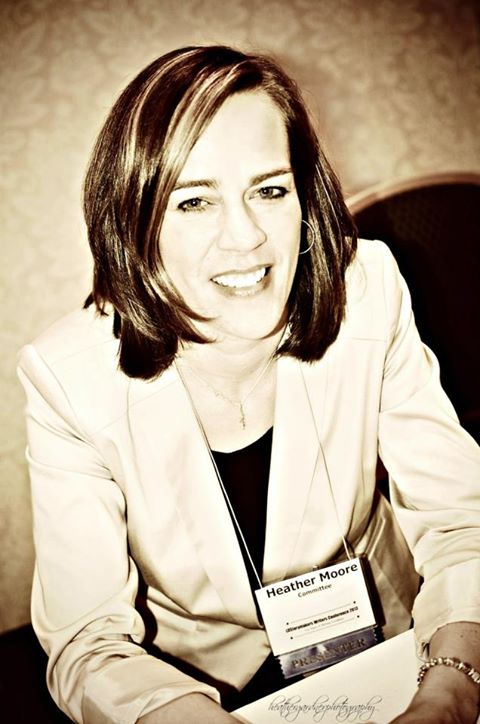
How did you get started in the writing and editing business?
When I was thirty I had an idea for a story. It became a strange process since I never considered writing a novel before. I was an avid reader and held authors in high esteem. When I started writing that first story, it was like the floodgates had opened. Editing came much later, after years of writing and publishing, and discovering that I wanted to share all that I’d learned along the way.
What intrigues you about writing historical novels? More specifically, historical LDS novels?
I love to read novels where I learn something about people, cultures, or history, or where I am changed by a character’s experience. So transferring the idea of what I love to read into what I’m writing became a natural transition. I had written a WWII novel and a contemporary mystery that were both getting rejection after rejection, so I turned my focus to a smaller market and looked for something I could publish with a niche market and get my start. A couple of members of my critique group were publishing LDS fiction and although I had read very little of it at the time, I decided it might be a viable option for me. So putting the two together, I embarked on what would become a four-volume series on Nephi’s life (Out of Jerusalem).

So many of your characters are drawn from the Book of Mormon and the Bible, but where do you get your inspiration for their in-depth stories?
I’m very curious about the details and about what is not said. We only have so much information in a scriptural account … similar to anyone’s journal or writings about their lives. For example, knowing how much my grandmother wanted left out of her personal history made me realize there are intriguing stories behind the few verses we read in the scriptures. So my question about someone like King Noah would be “Why was he so wicked?” Instead of just assuming he was wicked because he made wrong choices and refused to repent, I asked deeper questions, which leads to creating a full character.
Along the same lines, when creating Alma the Younger, I had lunch with a couple of friends. Each of them had a family member who had strayed from the Church. One returned, the other did not. Similar in both cases was the black and white nature of their personalities. I felt this was similar to Alma (the Younger), who was either completely destroying the Church, or spending all of his time and resources in missionary work.
What is your research process like? How do you take the relatively little amount of material in the scriptures and flesh it out into a full novel?
I read the verses over and over, looking for the smallest hints of detail, either in culture, personality, or timeline, and then I find other scriptures that reference that same person or era. I ask many “what if” and “why” questions. I have review books by John Sorenson, Hugh Nibley, and other Book of Mormon scholars and Mesoamerican historians. Also, my “ace in the hole” is my father, S. Kent Brown, a scholar in his own right, who I’ve discussed many things with. He’s directed me to several articles and sources that help set the framework for plot details.
What are some of the challenges you face when crafting an original story based on real-life prophets?
At one of my first book signings, a gentleman told me that he didn’t want to read a novel written about Nephi because he didn’t want “my” interpretation to supersede “his” interpretation. I could definitely relate, and I think some might find it hard to separate the fiction elements of the story from the experience of studying the scriptures for insight and inspiration. The challenge is that some readers will refuse to read a fictional representation of a prophet, and other readers will worry that “my” vision is wrong or not at all how they characterized the prophet in their own minds. My novels aren’t meant to replace the scriptures in any form, nor are they meant to interpret the scriptures. My novels create a bridge between “likening the scriptures” and the vast amount of scholarship on the scriptures that is probably only read by a small percentage of people (I affectionately call them “scripture nerds”). I hope that my novels will enhance the reader’s understanding of the time period and culture of the people. And perhaps the reader will gain their own insights as they read my creation.
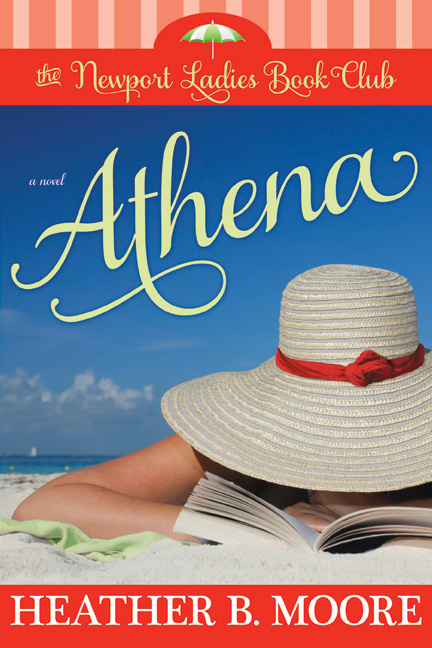
You are one of the co-authors of the Newport Ladies Book Club series. What is it like to collaborate with other authors on the same series?
I’ve loved being a co-author of the Newport series. When Josi Kilpack and Julie Wright decided they wanted to do something with Annette Lyon and me, it was just a matter of what and when. Working with a group of women who are dedicated to their craft, as well women who I look up to, was a great journey (and continues to be). We’ve had to be very patient (from idea to first book published was three years), we’ve had to be flexible (with release dates and book release orders), we’ve had to be willing to take criticism from each other as we create our plots (Josi and Annette informed Julie that her character had two step-kids), to finally working in the collaborating and writing with our already-busy schedules.
What is the best part of your job as an author?
I love getting (positive) feedback from readers and hearing what they enjoyed about one of my books. Also very exciting is the chance to meet other authors at signings and conferences, and I’ve developed many close friends who are authors. As a reader, I’m a fan of many authors, and I’ve had a chance to meet some of my favorites.
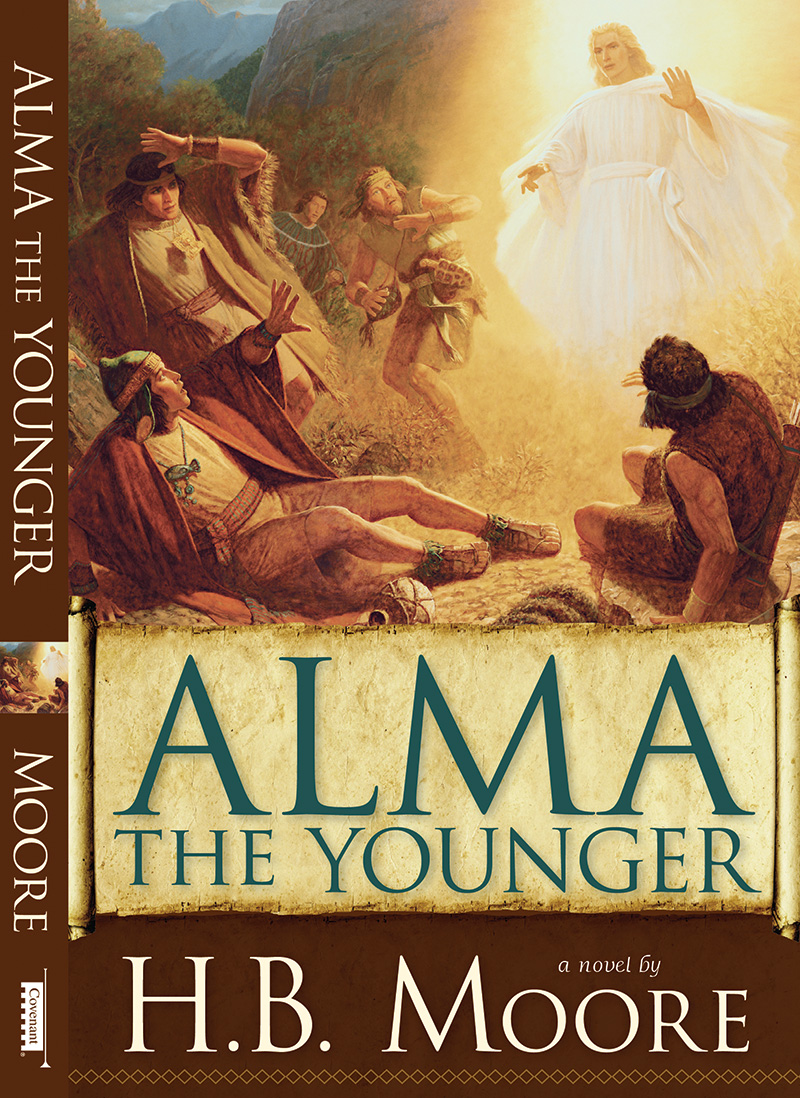
How did your novel Alma the Younger come about?
Alma the Younger is part of a Book of Mormon prophet era I was writing about, beginning with Abinadi, then Alma (Ammon came later). After writing Alma, I thought that a book about his son that took place twenty years later would be interesting. Knowing all that Alma the Elder went through to escape persecution and wickedness, only to have his own son raise a rebellion to destroy the Church, is such a tough irony.
Alma the Younger is probably my darkest book since the protagonist is also the antagonist, and I didn’t shy away from creating a character who is the “vilest of sinners.” It’s the story of Alma’s fall from grace. There are not many bright spots until he is visited by an angel. In fact, the intensity was such that I had a copyeditor who predicted that my portrayal of Alma the Younger would end my writing career. Fortunately my regular editor loved the book, and we decided to “go for it.” Alma the Younger was a 2010 Whitney Award finalist and won Best of State in 2011. And my writing career continues to move forward.
How do you find time to write while still balancing your church callings and family life?
I wish there was a good answer for this. Every day, sometimes every hour, can be a challenge. I have known the 4:00 a.m. hour very well. I learned my lesson when I was doing book signings for my first book, and readers asked when the second in the series would be out. “Next fall,” I replied. It was September at the time, and I decided to email my publisher to find out when I needed to turn in book 2. The reply was, “December 1.” With a new baby, I wrote from 4:00–7:00 a.m. for the next two months.
When I have a book I want to draft, I plan out my word count goals. With a historical, or a book that involves research, I plan to write 1,000 words a day—five days a week. My books average 80,000-90,000 words, so a first draft would take about eighty writing days. Writing 1,000 words only takes about an hour and a half if I know where I’m going, but since I’m a pantser (non-plotter), I spend a lot of time reviewing earlier chapters, and I revise what I wrote the day before.
I don’t necessarily write scenes in order, either. When I wrote Alma the Younger, I wrote all of his scenes, then went back and inserted his father’s scenes, then Cassia’s scenes (Mosiah’s fictional daughter).
I look at writing a book from an objective standpoint … when do I want to submit? When does the first draft have to be done? How much time to give my beta readers? How much time to revise?
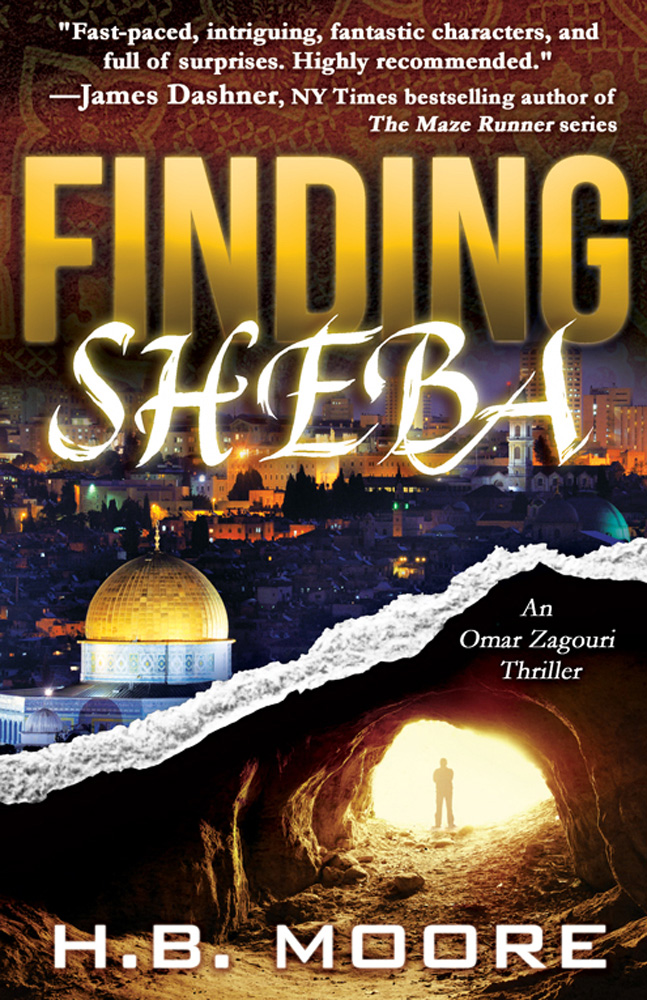
What are you currently working on?
I just finished edits for a nonfiction book, The Divinity of Women, which is co-authored (or coerced, depending on how you view my request) with my father, S. Kent Brown. It will be out Spring 2014. I’m also currently drafting Lost King, a sequel to my international thriller, Finding Sheba.
Other than the obvious Book of Mormon connection, how does the gospel influence your work?
Maybe killing two birds with one stone? I’ve really enjoyed immersing myself in certain parts of the scriptures, and then writing about it and feeling like I also did my gospel study for the day.
The gospel certainly keeps my writing in line. If you’ve noticed, sex sells. Big time on ebooks. I’m sure my sales would skyrocket, and I could replace my van with something sleeker if I just threw in a sex scene or three. But I believe once you cross the threshold, it becomes a murky abyss. My characters are not perfect, and they go through incredible challenges, many of them related to immorality and other worldly vices … but how do I portray that? What words do I use? What descriptions? And what am I condoning or not condoning as the author behind the plot?
That said, I do have some publications that are “not” LDS and I guess that can be a fair warning. They are pretty tame “world” wise, but they aren’t children’s books. Even my LDS novels are quite direct and offer little glossing. A reviewer of Ammon rated it PG-14, which is about spot-on with the Book of Mormon storyline (as is most of the Book of Mormon text if we were to really consider what is going on).
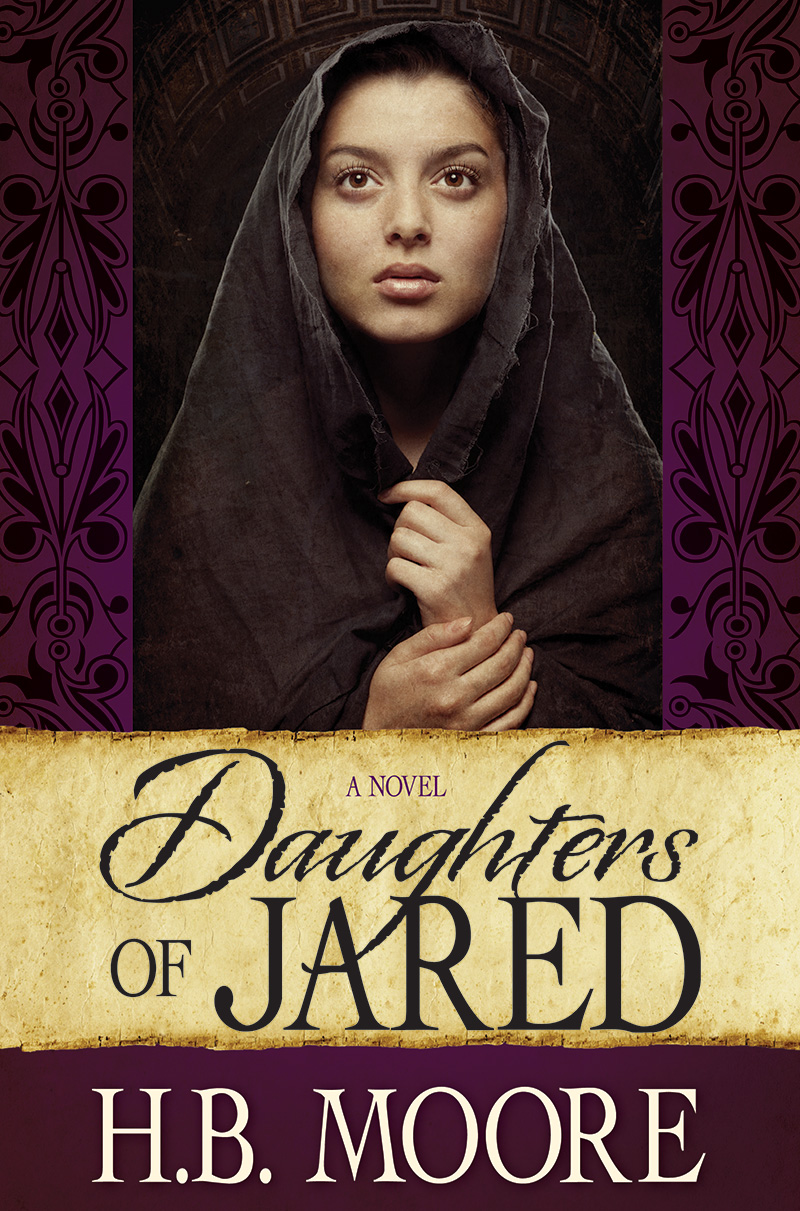
How do you see your writing helping to build the kingdom?
If we can see the prophets in the scriptures as people who had weaknesses, challenges, loves, hatreds, but yet through it all they repented daily and kept their faith in the Lord, I couldn’t be more pleased. No one’s life is easy. Not Sariah, who was the wife of a prophet. If I was the wife of a prophet … wow … life would be grand, right? Sariah dealt with attempted murder in her family. Her own sons tried to kill her husband. They tried to kill Nephi more than once. In the desert, as the matriarch, she faced complete and utter failure when she couldn’t provide food for her family. Women would rather starve themselves than see a child go hungry. This was a terrible thing for Sariah to face. When Lehi died, she had to choose between her children. Would she flee with Nephi or remain with Laman? Which grandchildren did she decide to never see again? Sariah’s story is so painful, yet she is an elect lady. By tugging these thoughts from between the lines of the scriptures, suddenly Sariah stands before us as a living woman—one who, like us at certain times, could only put her faith in the Lord, because if she didn’t, everything around her would crumble.
What if we put ourselves in Nephi’s shoes? We might think, “Well, if I had visions like Nephi, I’d be elated. I’d have a sure knowledge of the gospel principles, and I wouldn’t struggle so much with what the Lord asked me to do.” But if we stop and think about what Nephi saw in his visions … Christ being raised on a cross … Nephi’s brethren killing each other, generation after generation … his entire posterity dwindling in unbelief and rejecting the Savior… We’ll then ask ourselves, “Why did Nephi continue to teach his family knowing what he did? Why did he never give up on his brothers until the Lord commanded him to flee?” It was because of us. You and me. Nephi knew that his words would someday bring souls unto Christ, even if it had to be 2,000 years into the future. ❧
